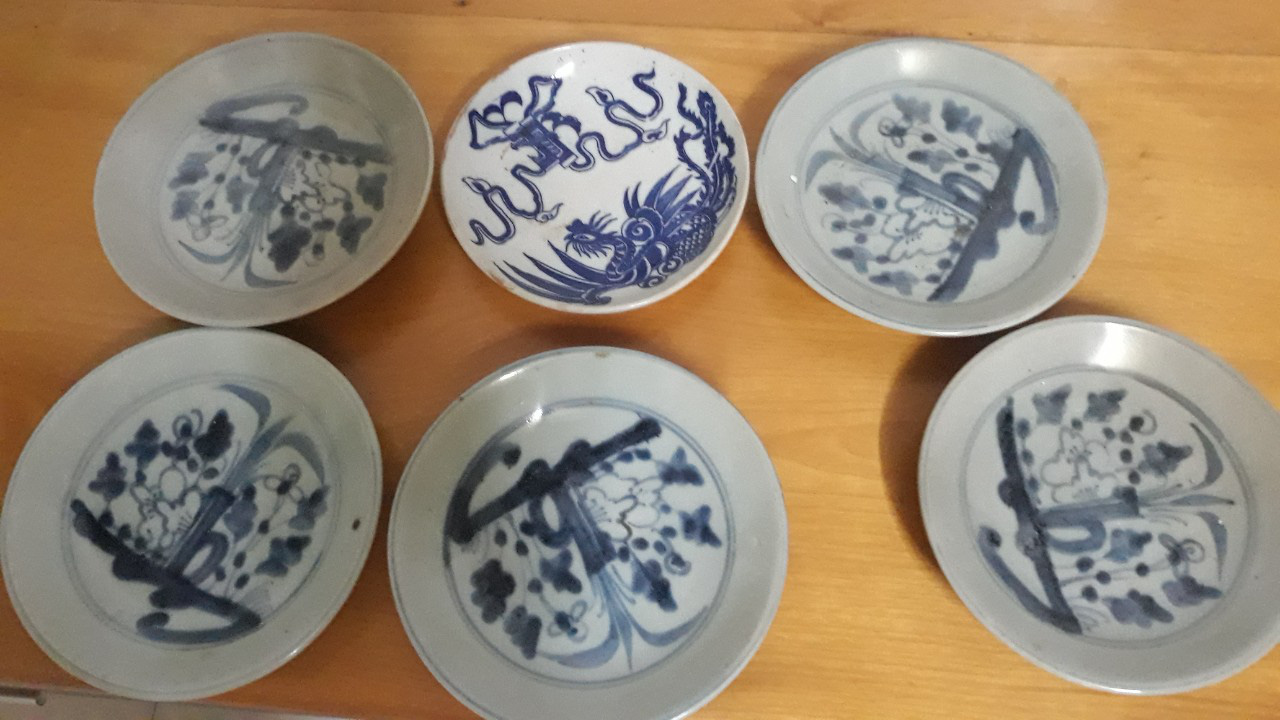
Ancient ceramic products salvaged from Thi Nai lagoon - Photo: DINH BA HOA
In recent years, people who specialize in diving to search for scrap iron at Thi Nai lagoon in the Quy Nhon seaport area (Binh Dinh) have accidentally found many ancient ceramics.
Including Sa Huynh pottery, terracotta pottery, Champa glazed pottery, brown earthenware, blue glazed pottery of the Ming Dynasty and pottery of the Le - Nguyen period.
Many precious ancient ceramics at the bottom of Thi Nai lagoon
The ceramic artifacts brought back include all types of vases, bowls (all sizes), plates (all sizes), pots, teapots, basins, incense burners... with materials including terracotta, earthenware and glazed ceramics from celadon to blue glaze.
Terracotta pottery includes: round bottom pots, teapots, incense burners.
These artifacts are all light-fired earthenware, light red in color, thin-walled, with moderately hard bones, all of which are household items.
In terms of origin, in my opinion, the ceramic products have many different origins, including prehistoric ceramics in the Han style; thick ceramics with square-patterned carvings, a teapot, and a pot made of Chinese ceramics around the 18th century, and a Champa tile made of 13th - 15th century.
The rest are Vietnamese ceramics produced in Binh Dinh folk pottery kilns in the 18th - 19th centuries.
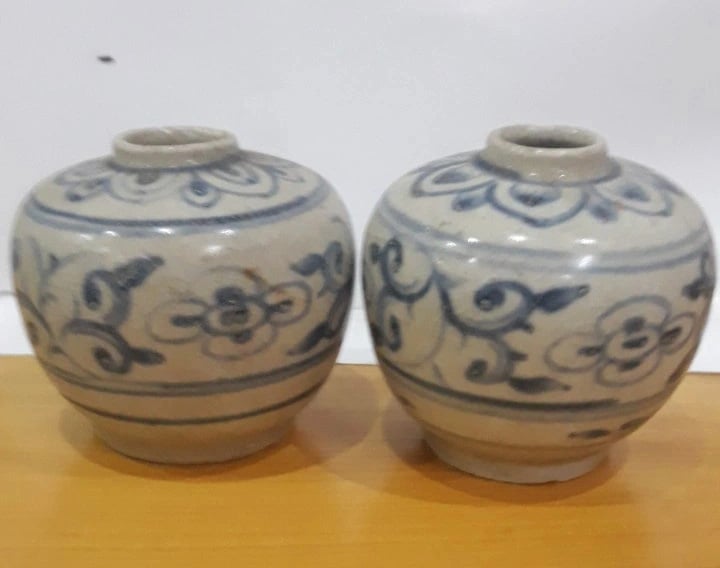
Ancient ceramic products with beautiful colors and patterns - Photo: DINH BA HOA
Ceramics include vases and jars including brown ceramic, glazed ceramic such as celadon, dark brown glaze and eel skin, which are Ming vases of the 14th - 15th centuries.
The brown earthenware is a product of the 13th-century Viet Chau Phuc Kien pottery kiln. According to divers, this type of earthenware was found in layers in the lagoon, possibly from a sunken ship.
Glazed ceramics are found in large quantities in Thi Nai lagoon, including types such as unadorned celadon bowls, white glazed bowls and plates with blue-and-white string patterns and irregular patterns, all of which are Ming Dynasty ceramics from the 14th - 15th centuries, Qing Dynasty ceramics from the 17th - 18th centuries, and even 19th century folk ceramics.
Think of an archaeological site
With over 100 ceramic artifacts of various types including prehistoric terracotta, Champa ceramics, Ming-dynasty glazed ceramics and Vietnamese ceramics found in Thi Nai lagoon, this is a reliable source of material materials to research the role of this ancient port.

A corner of Thi Nai lagoon - Photo: LAM THIEN
Material documents show that Thi Nai port not only had a military role but also was a commercial port - a place for trade and exchange of goods between the Sa Huynh people, the Champa people and later historical periods.
In addition to the recorded items of exchange by merchants, it shows that the main items exchanged were ceramics - items that Chinese and Japanese merchants came to exchange and trade with this region.
It can be thought that Thi Nai lagoon is not only a commercial port, but also an archaeological site that needs to be further studied in the future.
Thi Nai Port is an ancient trading port recorded in many Chinese and Dai Viet historical books. Records show that Thi Nai Port in the Champa period and later Thi Nai was both a military port and an important trading port from ancient times to the later Nguyen Dynasty.
There have been many monographs on this ancient port, but only through recorded historical sources for evaluation and research.
The discovery of a wide variety of pottery gives us a glimpse into the commercial role of this port in history.
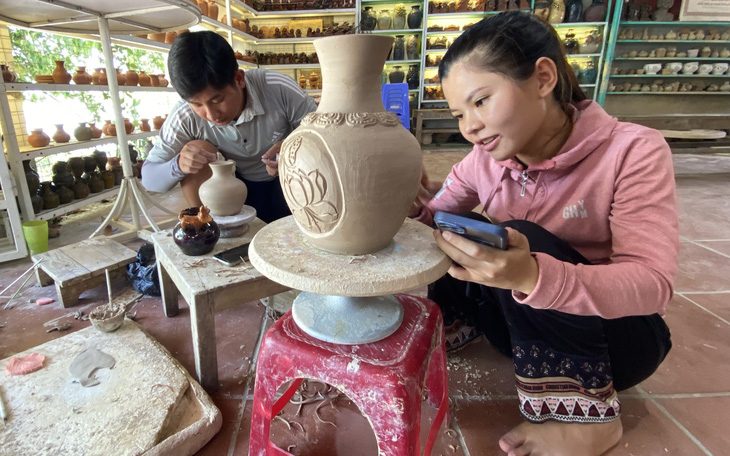 Young successor of the ancient pottery village
Young successor of the ancient pottery villageSource: https://tuoitre.vn/dam-thi-nai-can-duoc-xem-xet-nhu-di-chi-khao-co-hoc-20240617180706846.htm


![[Photo] General Secretary To Lam receives US Ambassador to Vietnam Marc Knapper](https://vphoto.vietnam.vn/thumb/1200x675/vietnam/resource/IMAGE/2025/9/29/c8fd0761aa184da7814aee57d87c49b3)

![[Photo] General Secretary To Lam, Secretary of the Central Military Commission attends the 12th Party Congress of the Army](https://vphoto.vietnam.vn/thumb/1200x675/vietnam/resource/IMAGE/2025/9/30/9b63aaa37ddb472ead84e3870a8ae825)
![[Photo] Solemn opening of the 12th Military Party Congress for the 2025-2030 term](https://vphoto.vietnam.vn/thumb/1200x675/vietnam/resource/IMAGE/2025/9/30/2cd383b3130d41a1a4b5ace0d5eb989d)

![[Photo] The 1st Congress of Phu Tho Provincial Party Committee, term 2025-2030](https://vphoto.vietnam.vn/thumb/1200x675/vietnam/resource/IMAGE/2025/9/30/1507da06216649bba8a1ce6251816820)


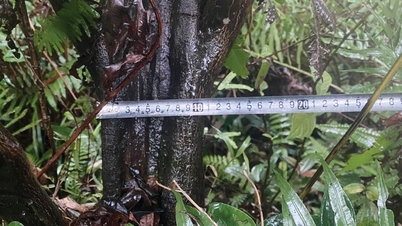



























![[Photo] General Secretary To Lam attends the ceremony to celebrate the 80th anniversary of the post and telecommunications sector and the 66th anniversary of the science and technology sector.](https://vphoto.vietnam.vn/thumb/1200x675/vietnam/resource/IMAGE/2025/9/29/8e86b39b8fe44121a2b14a031f4cef46)






































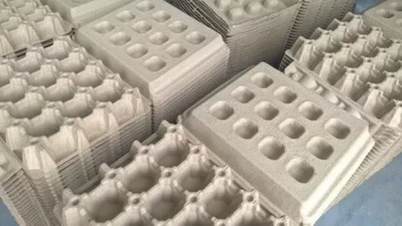























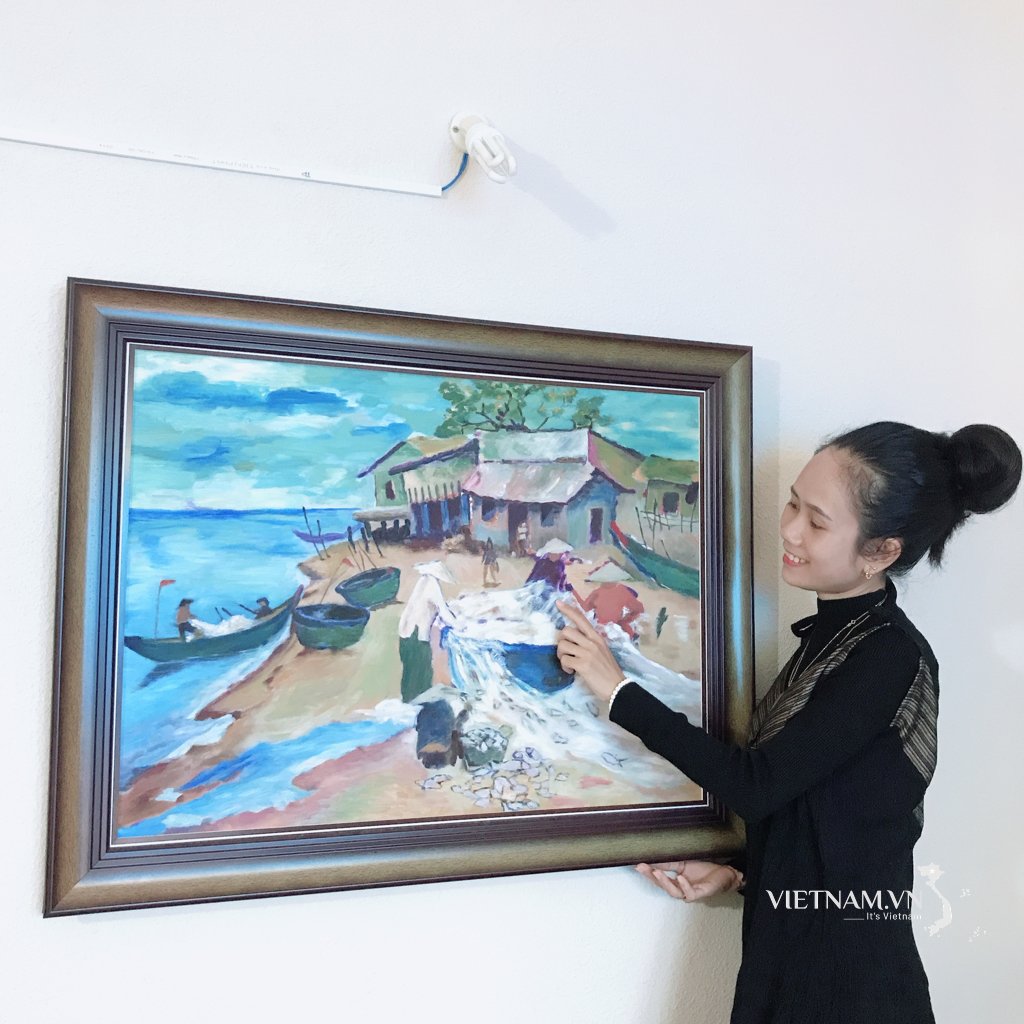



Comment (0)